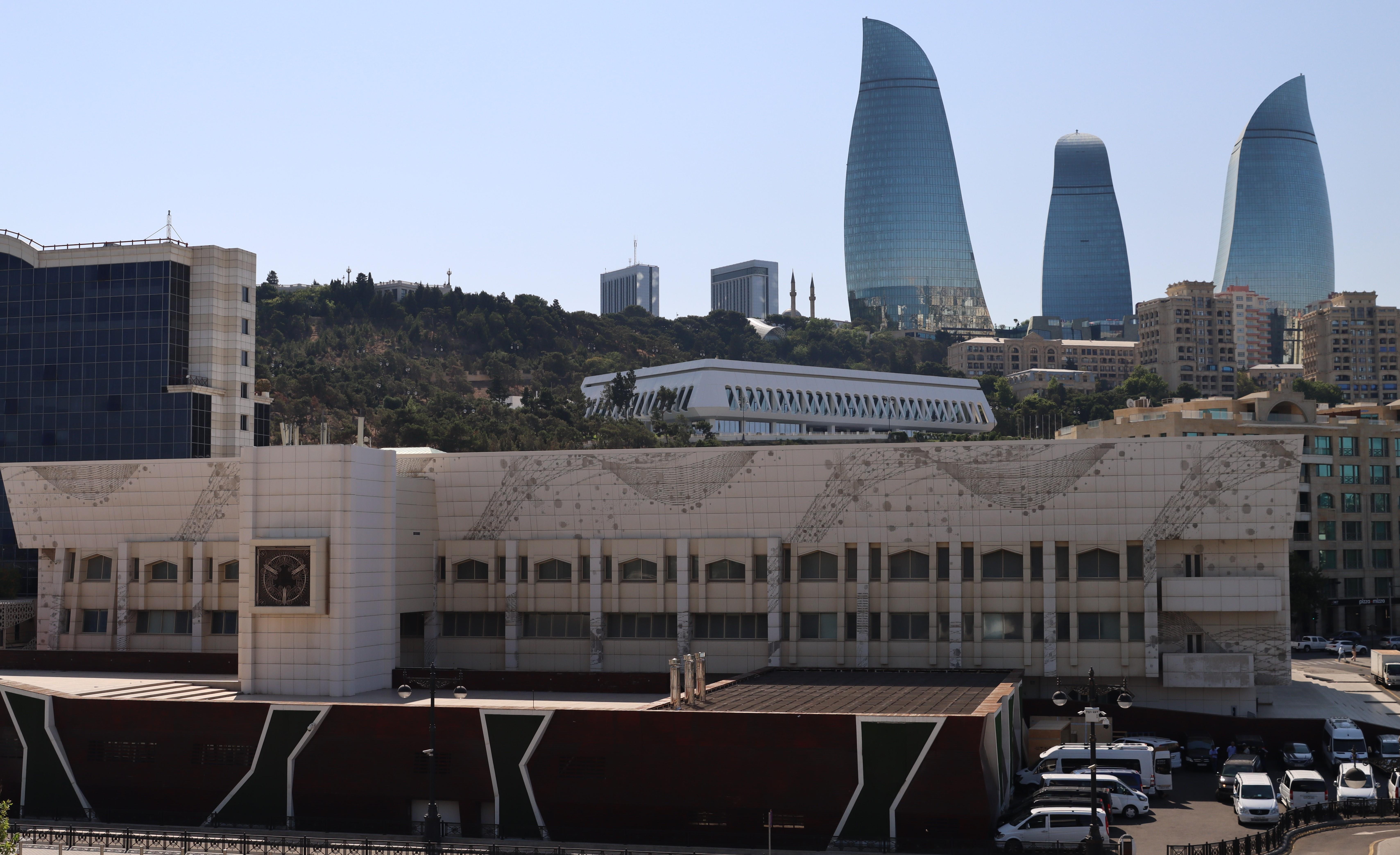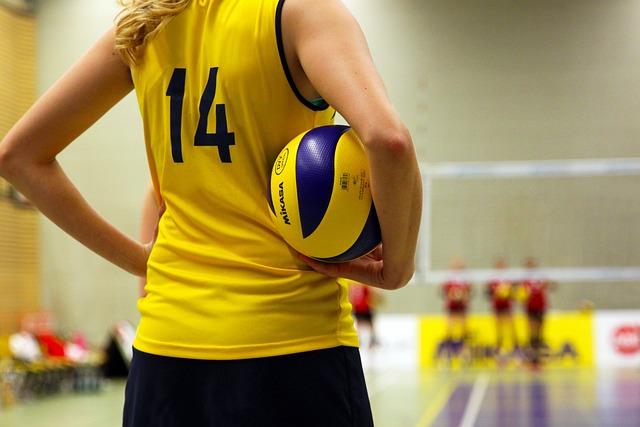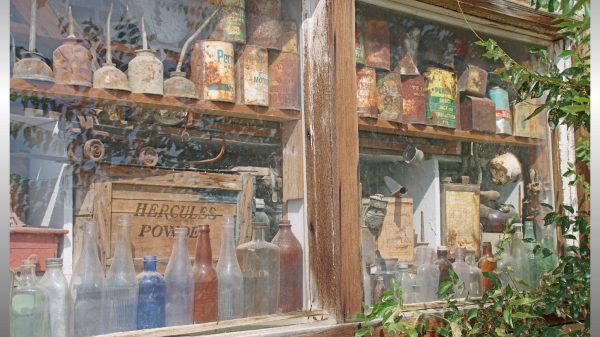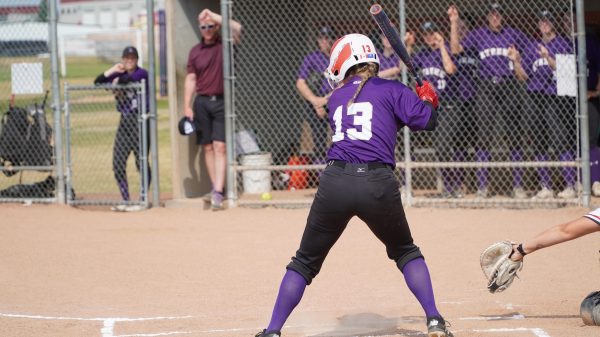In recent years, the world of extreme sports has surged in popularity, drawing in participants and spectators with its thrilling blend of adrenaline, risk, and skill. From the dizzying heights of rock climbing to the breathtaking speeds of downhill mountain biking, these sports offer a unique allure that captivates a diverse audience. However, beneath the surface of this high-octane culture lies a contentious debate: does the competitive nature of extreme sports foster a toxic environment? As enthusiasts push boundaries and chase ever-greater achievements, concerns have emerged about the potential for unhealthy rivalries, unrealistic expectations, and a disregard for personal safety. This article delves into the intricate dynamics of extreme sports culture, examining whether its competitive spirit is a catalyst for toxicity or a driving force for personal growth and community building. Through a comprehensive analysis of athlete experiences, industry practices, and psychological insights, we aim to unravel the complexities of competition in extreme sports and its impact on participants and the broader community.
Examining the Psychological Impact of Extreme Sports Culture
- Pressure to Perform: Within the extreme sports community, the drive to achieve the next big stunt or surpass a personal best often leads to intense psychological pressure. This pressure can manifest as stress, anxiety, or even depression, particularly when athletes feel compelled to meet or exceed expectations set by themselves, peers, or sponsors.
- Risk-Taking Behavior: The inherent nature of extreme sports involves pushing physical limits, which can foster a culture where risk-taking is not only encouraged but expected. This can contribute to a mindset where safety is secondary to thrill, potentially resulting in dangerous decision-making.
The competitive nature ingrained in extreme sports culture may also cultivate an environment where athletes feel the need to constantly compare themselves to others. This comparison can lead to diminished self-worth and a skewed perception of success, where the only measure of achievement is being the best or outperforming peers. Such an environment can lead to a toxic cycle where individuals sacrifice mental health for the sake of winning or gaining recognition.

The Role of Media in Shaping Competitive Attitudes
Media plays a pivotal role in influencing the competitive mindset associated with extreme sports culture. Through sensationalized coverage and heroic narratives, media outlets often glorify the achievements of elite athletes, creating a perception that intense competition is not only necessary but also desirable. This portrayal can foster a mindset where success is measured solely by the ability to outperform others, potentially leading to a toxic competitive environment. Media representation can skew the public’s understanding of what it means to engage in extreme sports, emphasizing victory over personal growth or enjoyment.
Moreover, the media’s focus on extreme sports often includes the following elements:
- Highlighting Risk-Taking: Stories frequently emphasize the most dangerous and thrilling aspects, encouraging athletes to push beyond safe limits.
- Celebrating Outliers: Exceptional athletes receive significant attention, which may marginalize those who participate for personal satisfaction rather than competitive acclaim.
- Competitive Narratives: The depiction of events as battles or rivalries can shift the focus from community and camaraderie to individual triumph.
These elements can collectively contribute to a culture that values competition over cooperation, shaping attitudes towards what it means to succeed in the realm of extreme sports.

Strategies for Fostering Healthy Competition in Extreme Sports
In the adrenaline-fueled world of extreme sports, creating an environment that encourages healthy competition is essential for both the well-being of athletes and the integrity of the sport. One effective strategy is to emphasize personal growth over rivalry. Encouraging athletes to focus on personal records and self-improvement can shift the narrative from outperforming others to achieving individual milestones. This approach not only reduces unnecessary pressure but also fosters a more inclusive and supportive community.
Another key strategy is to promote a culture of respect and camaraderie among competitors. Organizers and coaches can facilitate this by implementing team-building activities and creating opportunities for athletes to share experiences and learn from one another. Highlighting stories of sportsmanship and collaboration, such as athletes helping each other during competitions, can serve as powerful examples that underscore the importance of mutual respect. By cultivating an atmosphere where athletes are celebrated for their dedication and resilience rather than just their victories, the extreme sports community can thrive in a more positive and sustainable way.

Implementing Policies to Mitigate Toxicity in Sports Environments
Addressing the issue of toxicity in sports environments necessitates the implementation of robust policies that prioritize safety, respect, and inclusivity. To begin with, it is crucial to establish a clear code of conduct that defines acceptable behavior for athletes, coaches, and fans. This code should be communicated effectively across all levels of participation and enforced with appropriate consequences for violations. Additionally, organizations can create education programs aimed at raising awareness about the impact of toxic behaviors and promoting positive sportsmanship.
- Regular Workshops: Facilitate sessions that focus on conflict resolution, team building, and emotional intelligence.
- Reporting Mechanisms: Implement anonymous channels for reporting toxic behavior, ensuring that all participants feel safe and heard.
- Role Models: Encourage influential figures within the sport to model and advocate for respectful conduct.
Furthermore, fostering an environment where feedback is welcomed and constructive criticism is encouraged can help to dismantle the culture of toxicity. By prioritizing these strategies, sports organizations can create a more positive and supportive atmosphere that benefits all participants.










